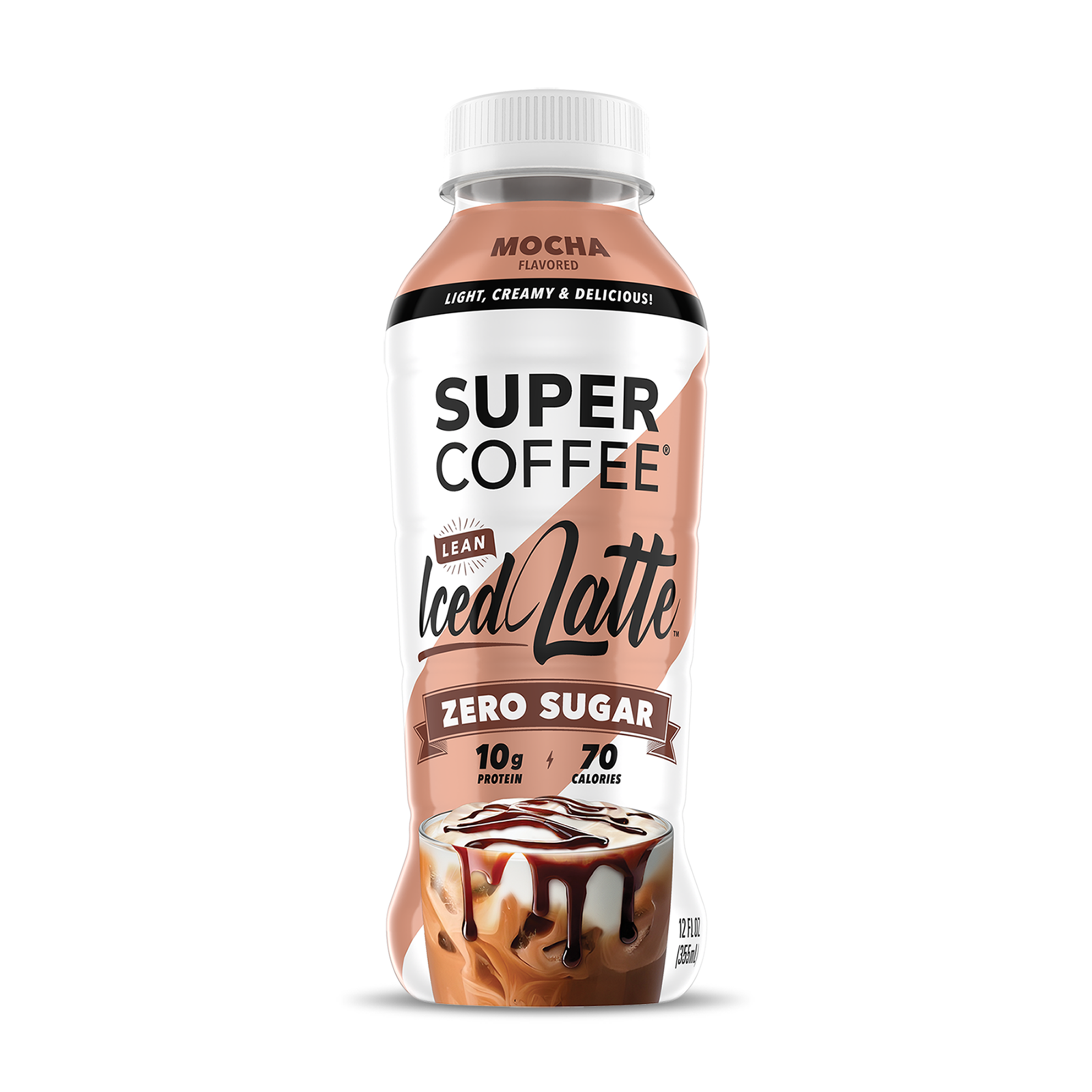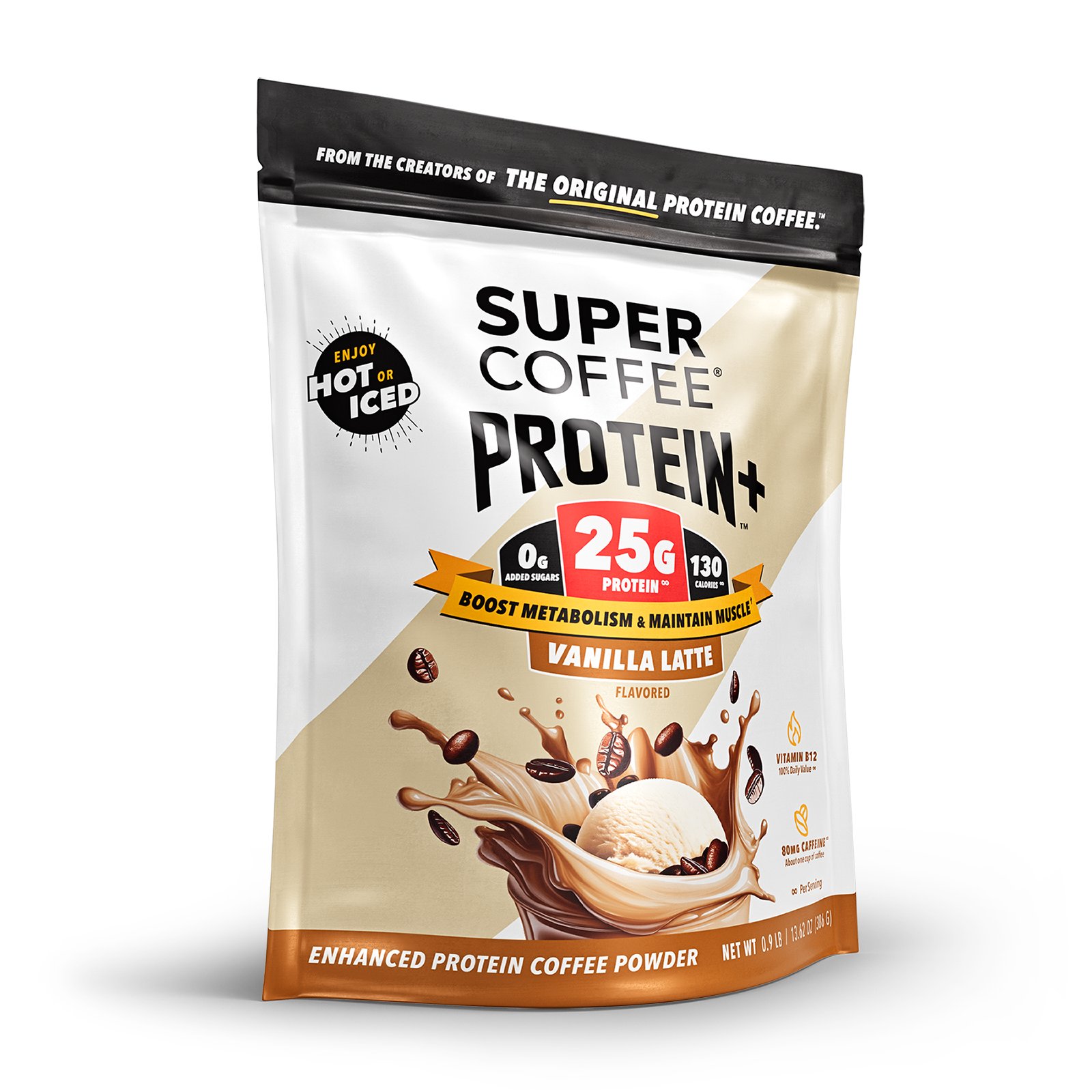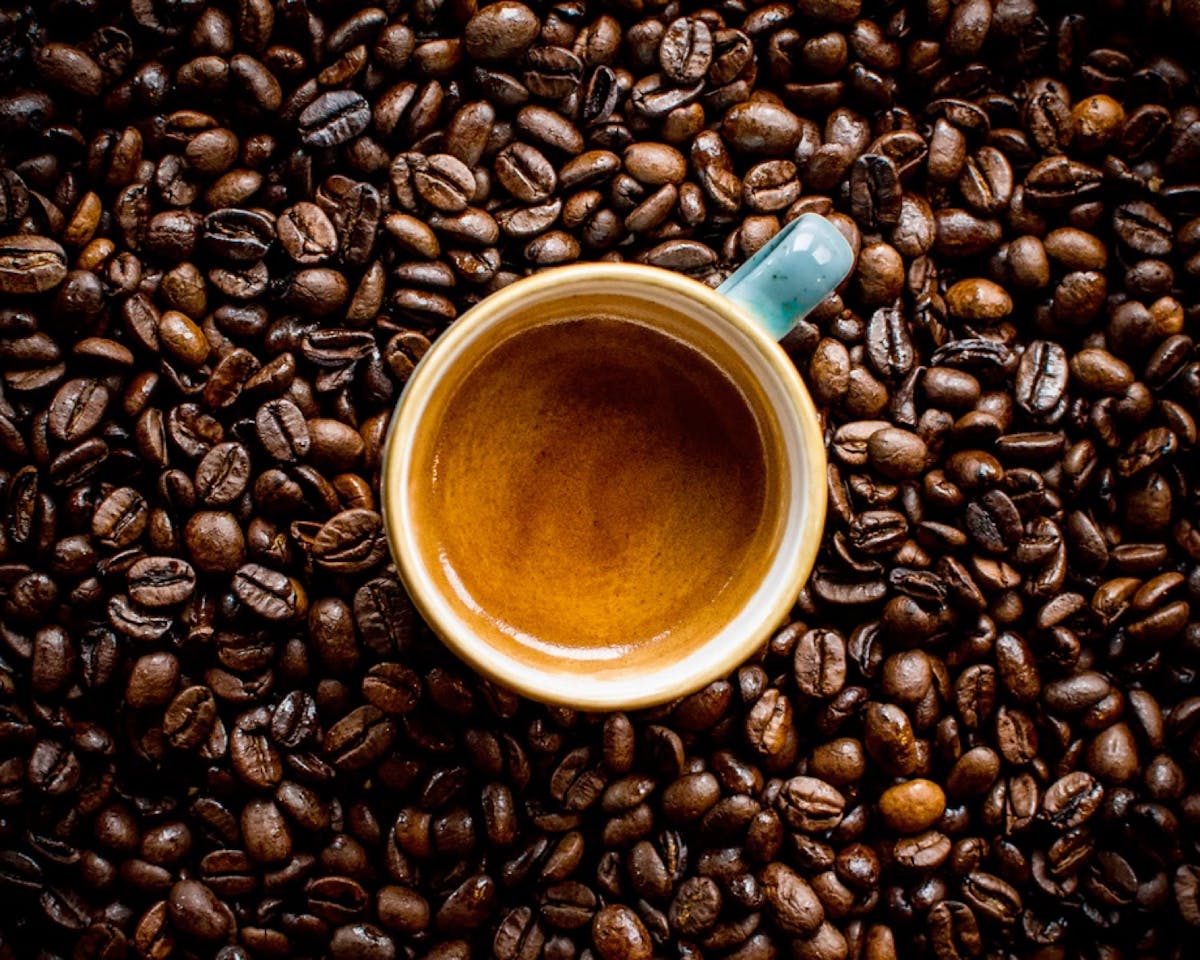Your cart is empty
Statistics show that 70% of Americans drink coffee at least once a week. 62% drink coffee every day.
And most of them have at least one cup of coffee with their breakfast. According to the National Coffee Association, 70% of coffee drinkers between the ages of 18 and 24 have coffee with their morning meal; that number soars to a whopping 90% of older coffee drinkers.
It goes without saying that many of those people grab a cup (or more) to help them wake up.
And those who really need a kick in the brain to get going may opt for a shot of morning espresso instead, because of the extra caffeine jolt it can provide.
Oops. Hang on just a minute.
Sure, most of us think that there’s a lot more caffeine in a shot of espresso than there is in a cup of brewed coffee, since espresso is so much stronger.
But as it turns out, that’s simply an old wives’ tale (or perhaps it’s simply an old barista’s tale).
Let’s separate fact from fiction.

Coffee Beans and Caffeine
There’s no such thing as “espresso” beans. Almost all coffee sold in America is made from either Arabica or robusta coffee beans. Espresso is no exception.
“Classic Italian” espresso is normally made using robusta beans, because they produce a thicker and richer crema. However, more flavorful Arabica beans are commonly used to make espresso in America. In fact, that’s what Starbucks uses for its espresso.
Robusta beans have about twice the caffeine content as Arabica beans, so espresso made with robusta is likely to contain more caffeine than espresso made from Arabica.
(By the way, the widespread “knowledge” that light roasts contain more caffeine than darker roasts isn’t necessarily accurate. A cup of dark roast may actually have a higher caffeine level, because you have to put more ground coffee into the machine to make it.)
So the type of coffee beans can matter. But let’s assume that we’re comparing regular coffee and espresso made from the same type of beans.
In that case, the amount of caffeine that makes it to your cup has nothing to do with beans. The caffeine content is different simply because the brew you get from your Nespresso or espresso machine is really nothing more than highly-concentrated coffee. It’s really the coffee maker and the coffee brewing methods that make the difference.
The bigger questions, when comparing caffeine content for the two, are how much of each you’re likely to drink – and how quickly you’re likely to drink it.
Caffeine in Espresso: The Numbers
Let’s start with a comparison.
The average eight-ounce cup of brewed coffee contains 96 milligrams of caffeine. The average one-ounce shot of espresso contains 64 milligrams.
That makes one fact pretty clear: you’ll get less caffeine from an espresso shot than you’ll get from a cup of coffee. Having a doppio instead of a single shot? That double shot will contain about one-third more caffeine than a cup of coffee.
The variety and quality of the beans, the type of roast, and the grind each has a big impact on how much caffeine coffee contains. In turn, that means some cups of coffee (or shots of espresso) have more caffeine than others. That’s why an eight-ounce cup of Starbucks Pike Place medium roast contains about 155mg of caffeine, well above average.
But let’s stick with 96mg for eight ounces of drip coffee. That equals about 12mg per ounce of coffee, compared with the 64mg in an ounce of espresso. What accounts for the difference?
Basically, the way that espresso is made.
Fine espresso grounds provide a larger surface area for the pressurized water to penetrate quickly. Just about all of the available caffeine is transferred during the 20-30 seconds while hot water is being forced through the grounds.
And since a greater amount of coffee grounds is used to make espresso, there’s more caffeine to be transferred to the water. That results in a highly-caffeinated brew. (Coffee from a French press contains less caffeine than espresso, because the grounds are larger.)
You can’t argue with the numbers, but that leaves one big question unanswered. Why does it seem like you’re getting more caffeine from a one-ounce espresso shot than you do from an eight-ounce cup of coffee?
The answer is simple: you’re probably drinking the espresso much faster. In Europe, coffee drinkers are more likely to leisurely sip their espresso. In America? Not so much. We generally sip coffee, but down an espresso shot rapidly.
And since the effects of caffeine hit within 15 minutes, you’ll feel a 64 milligram caffeine blast from an espresso shot much faster than the 96 milligrams of caffeine in a cup of coffee that’s consumed gradually.

How Much Caffeine Is In Espresso Drinks?
So far, we’ve only discussed the amount of caffeine in an espresso shot. What about the espresso-based coffee drinks you get at your local coffee shop?
The answer, of course, depends on how the drink is made and how much espresso it contains.
Here’s a rundown of the most popular Starbucks coffee drinks and their caffeine content, along with a few comparisons.
Espresso-Based Drinks
- Single Shot: 75mg (Starbucks espresso is slightly more caffeinated than average)
- Double Espresso: 150mg
- Cappuccino, Latte, Macchiato: 75mg for short or tall, 150mg for grande or venti (20% more in a lungo)
- Mocha: 90mg for short or tall, 175 for grande, 180 for venti (due to extra caffeine in chocolate)
- Flat White (with ristretto espresso): 90mg for short or tall, 130mg for grande or venti
- Americano: 75mg for short, 150mg for tall, 225mg for grande, 300mg for venti
Standard Caffeine Content, 8 ounce serving size
- Brewed Coffee: 96mg
- Decaf Coffee: 2mg
- Instant Coffee: 62mg
- Cold Brew Coffee: 100mg
- Super Coffee keto-friendly ready-to-drink coffee: 150mg
- Super Coffee ready-to-drink espresso: 210mg
- Black Tea: 47mg
- Soda or Energy Drink: 20-30mg
- Energy Shot: 200mg
Our Vanilla Super Coffee, indulgent as it is invigorating. Notes of luxe vanilla send essential protein and MCT oil right to your system, delivering day-sustaining energy.
Shop Vanilla
Blog posts
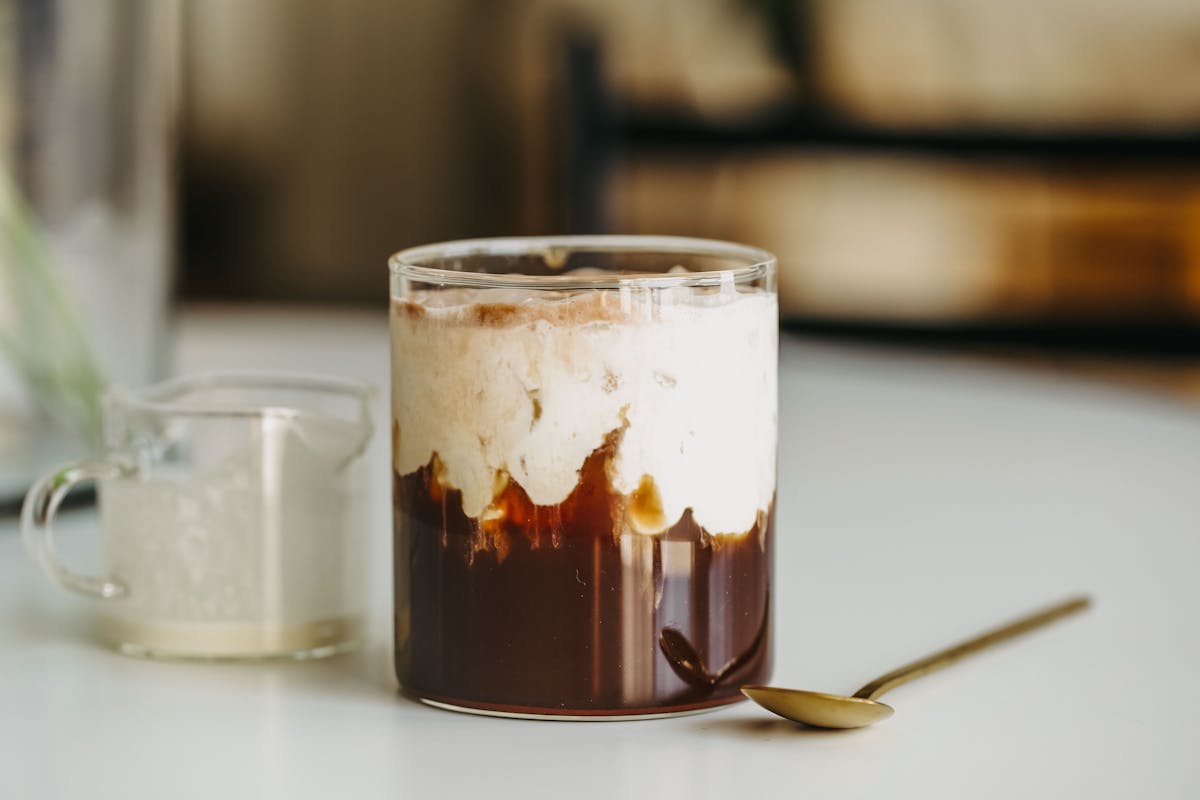
Cold, creamy and delicious - This chocolatey cold brew recipe is the perfect treat to kickstart your morning! The Recipe Chocolate Cream Cold Brew Prep Time: 1 minutes Cook Time: 5 minutes Ingre...
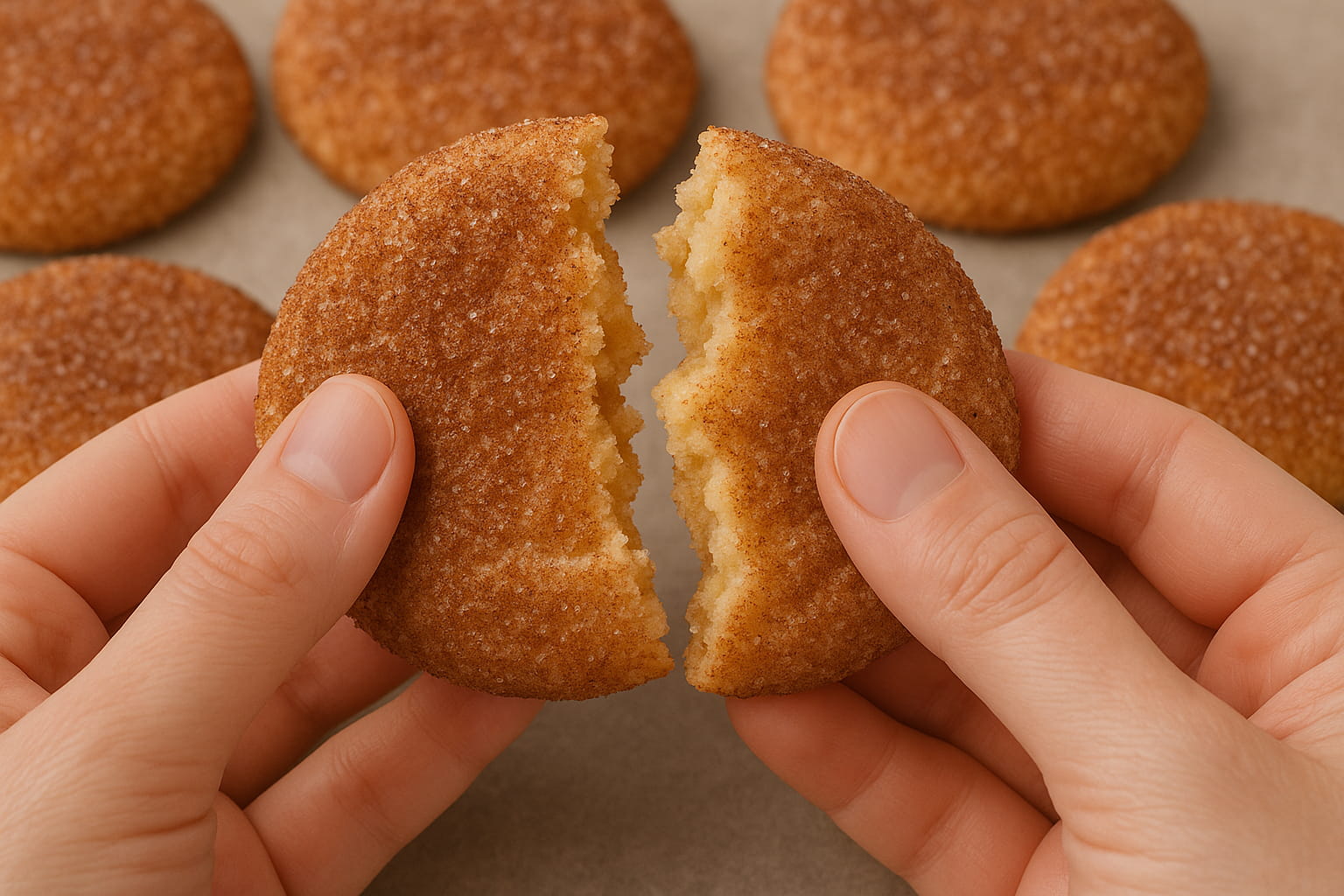
Indulge in the warm embrace of autumn with Pumpkin Spice Snickerdoodles - soft, spiced, and utterly irresistible! The Recipe Pumpkin Spice Snickerdoodles Prep Time: 10 minutes Cook Time: 1 hour ...
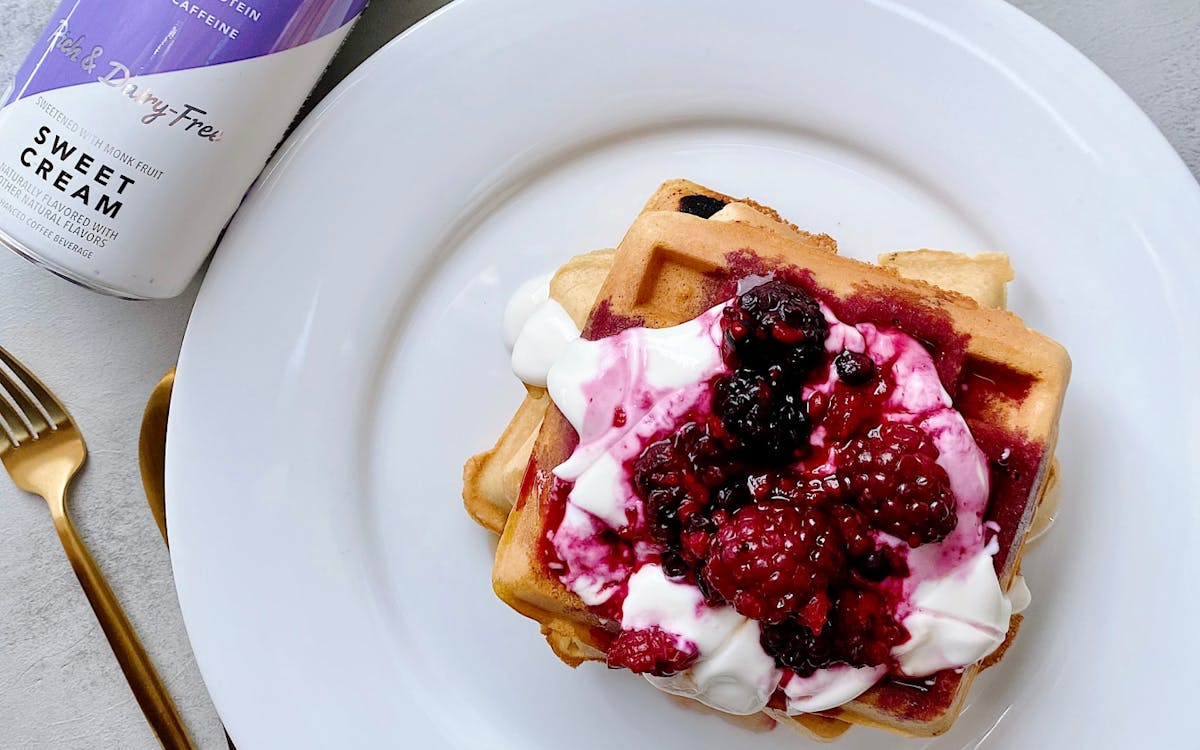
Low Carb Berries & Cream Waffles
These low carb/low sugar waffles are delicious, wonderfully crispy on the outside, and fluffy on the inside. You can also double batch and freeze for easy weekday breakfasts. Featuring our almost-...
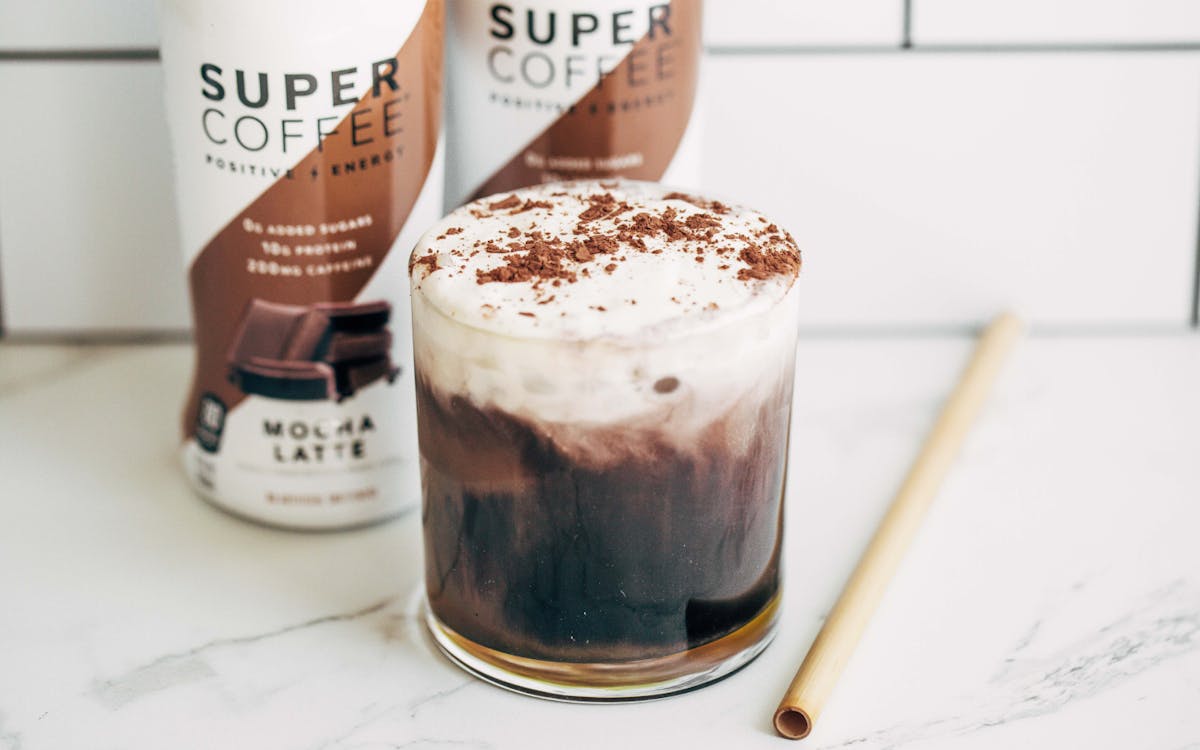
This may be the most fun latte recipe we’ve tried yet! With gooey & decadent black chocolate drizzle and a thick layer of creamy French Vanilla, just one sip of this iced latte will transport ...
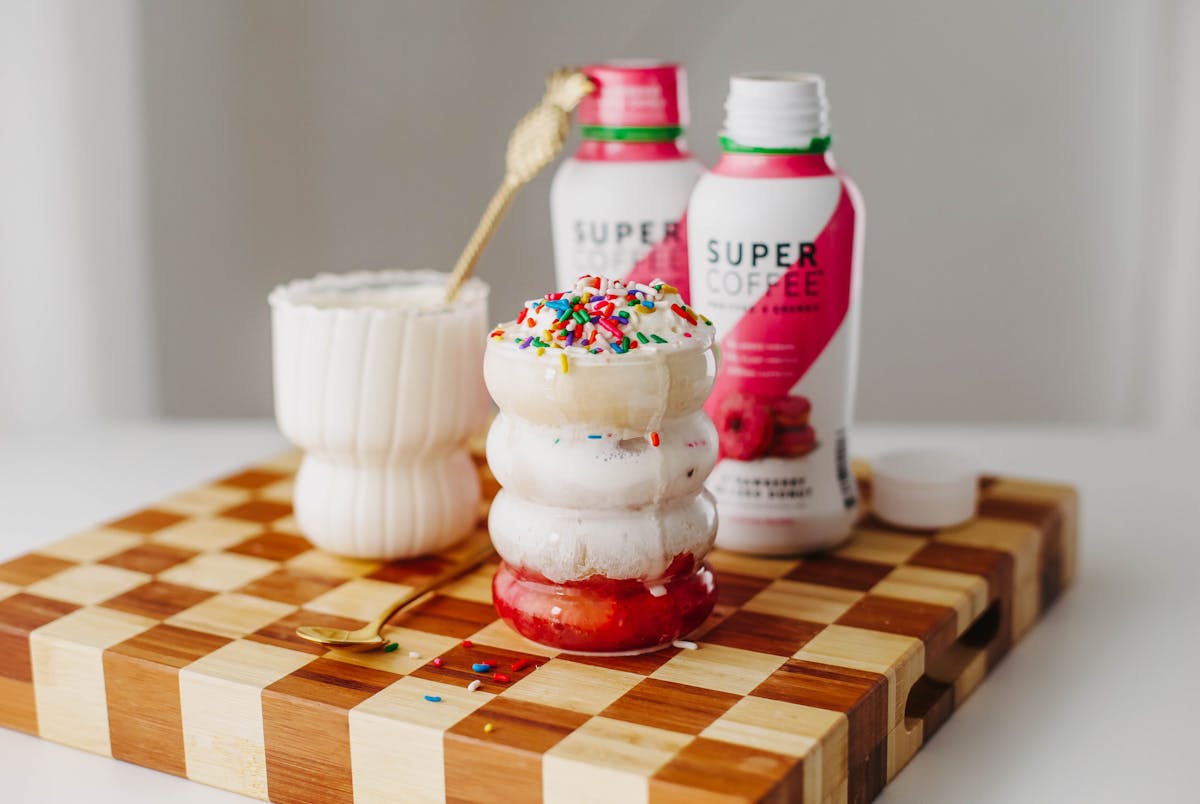
Strawberry Sprinkle Keto Coffee Recipe
Nutritional Info Calories: 274 Fat: 26.7g Carbs: 5.7g Protein: 4.5g Sugar: 2.1g Ingredients 3 strawberries, sliced. 3-4 tbsp heavy cream or half & half. Enough ice to fill a glass. 1/2 cup S...
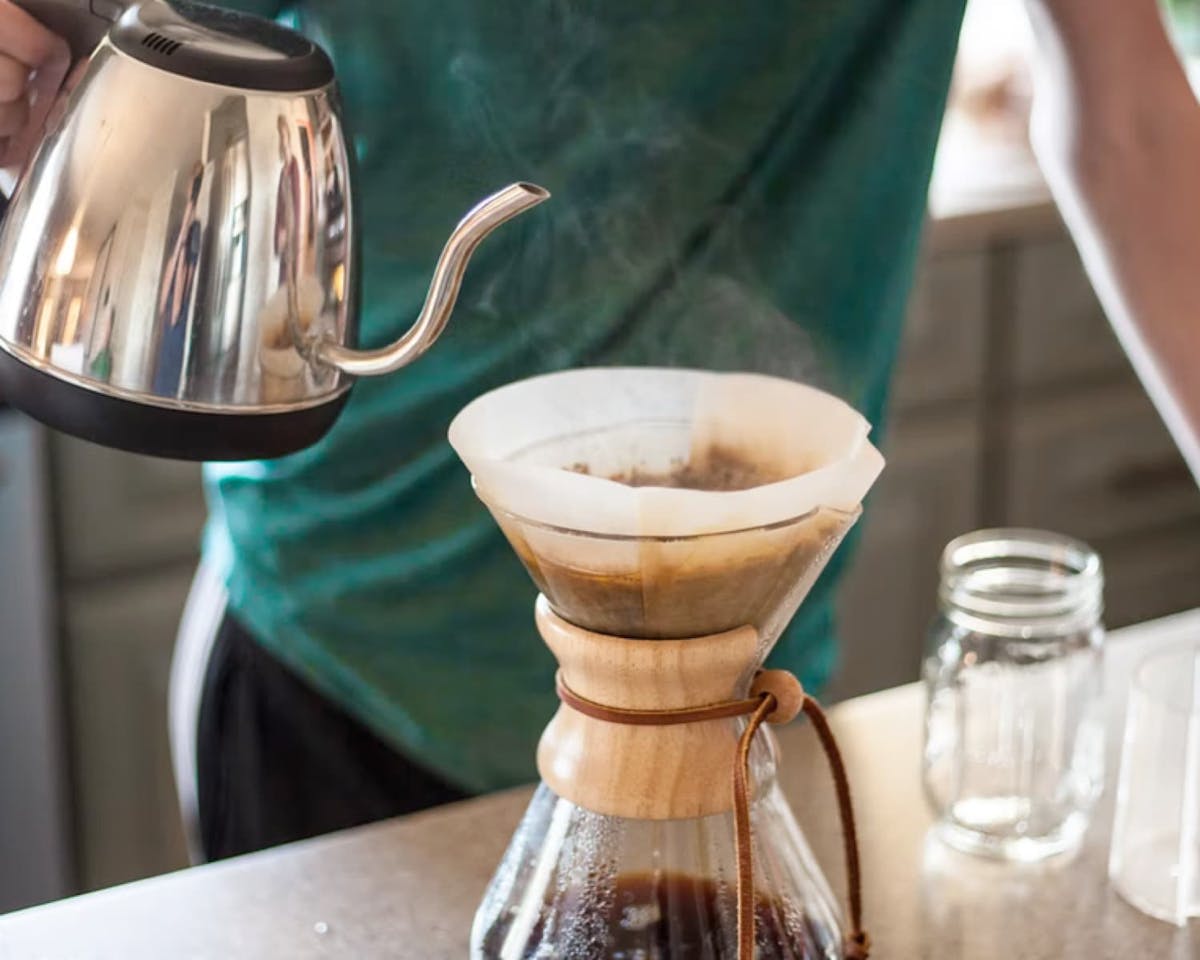
8 Healthy Coffee Recipes That Are Better Than Starbucks
There’s no question about it. Coffee is good for you. Those who don’t like black coffee, of course, commonly add milk, cream and sugar – even if that also means adding calories, fat or carbs to the...



